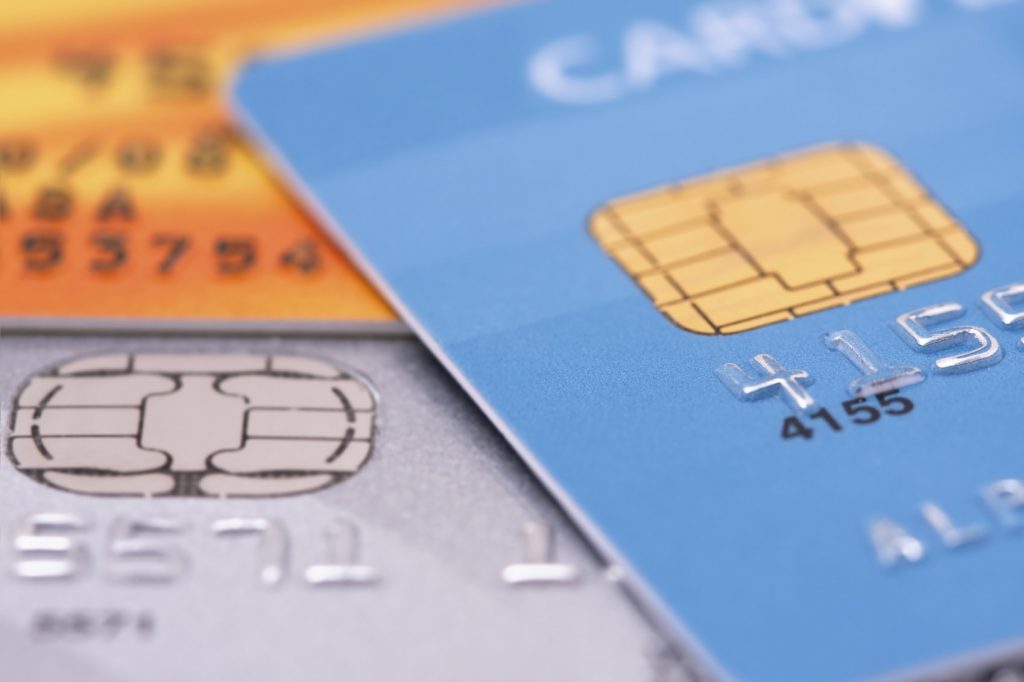You are probably already enjoying the luxuries offered by smart card technology without even realizing it…
Have you ever lived in an apartment that used reloadable cards for their laundry room instead of change?
Or maybe you have a membership card to your favorite retail store?
You can thank smart card technology for that…
For the last 30 years, smart card technology has shaped what has now become our reality and slowly become integrated into our lives.

It is estimated that there are more than 10 billion devices in the world that use smart card technology. Smart card technology has brought plenty of new benefits – both through the use of a contactless smart card and a contact smart card, but it has also generated some risks:
Advantages
Of course, the good definitely outweighs the bad, otherwise smart card technology would not be roaming through our everyday lives as it does today…
Thanks to their flexibility and security, smart cards have greatly improved several of the daily functions we participate in…
Multiservice and flexibility
The versatility of usage is one of the smart card’s main advantages.
Thanks to the flexibility of the smart card technology, it has become possible to develop secure applications for different purposes: network and computer access, personal identification, mobile telephones, driver’s licenses, health records, digital signatures, copyright protection, electronic commerce, etc.
A multi-service smart card system allows users to access different services with a single smart card. Most of the existing smart cards perform only basic cryptography (verification of digital certificates)…
However, new versions of the smart cards can store and handle many applications.
Smart cards reduce costs of transactions by eliminating paper costs and processing costs in different organizations and institutions.
Simplicity is another benefit of the smart card technology…
They’re very easy to use from the customer’s point of view.
Security
The biggest advantage of the smart card technology is the security they provide.
Smart card technology provides better security than another type of data storage devices. This technology uses encryption to protect information from unauthorized disclosure and frauds. By using encryption, data can be safely transferred through wireless or regular networks.
To use the card, it is necessary to know the appropriate code for activating the PIN (Personal Identification Number). The existence of a PIN eliminates the possibility of abusing the card in the case of theft or loss. Identification by PIN code is more secure than any other way of identification.
Smart cards use two-factor authentication, which is an extra layer of security. Some smart cards use biometric technology like a fingerprint, retina scanner and other biometric information.
The data on a smart card cannot be erased, and never it leaves the safe environment. Smart cards are portable, and because of that, they’re ideal for safe distribution of private keys. Data stored on the smart card can only be accessed through the smart card operating system.
The card reader can check the authenticity of the smart card by sending a randomly chosen word to the smart card. Smart cards are then required to sign that word by its private key, then return the “signed word” to the outside world, where the verification is done by the private key.
Smart cards are also in accordance with the EMV standard…
The purpose of this standard is to enable interoperability between EMV-based cards and terminals around the world. That way, security of financial transactions is improved, and theft is reduced.
Smart cards which are not based on the EMV standard have their own encryption, which is based on the local standards.
Disadvantages
Processing power and memory of smart cards are limited. However, the processing power of smart cards in steadily increasing. It is possible to have more complex operations and processes…
But this will be in the future.
The disadvantage of the smart cards is their cost of production. Smart cards cost from $10 to $25 to produce. The smart card reader can even cost up to $200. Time needed for the production is long, and there aren’t many smart card manufacturers in the world.
A more powerful virus can access the data and compromise the safety. Smart cards are often the target of different attacks (Trojan horse, viruses, etc.).
The smart card reader is needed when using the smart card. The problem arises when smart card readers often can’t perform requested operation, or there’s trouble with reading the card.
From the customer’s perspective, a disadvantage is that smart cards can be easily lost or stolen…
However, in the case that theft were to happen, the user would simply report the smart card missing and deactivate the smart card immediately, to reduce the risk of financial loss or identity theft.
Types of smart cards
Because of the way the data is read and written,and the type of chip implanted within the card, there are three types of the smart cards: contact cards, contactless cards and multi-component cards.
Contact smart cards have integrated memory and processor. Multi-component cards communicate by direct contact and by using the RF signal.
When using contact smart card, it is necessary to establish contact with the card reader and terminal. The shortage of the contact smart cards is that electro-static discharge, that happens due to bad contact, and can damage the integrated circuit. Also, a user sometimes pulls the card from the reader before the transaction is complete which is not good for the card.
Contactless smart cards require proximity to an antenna to communicate. Benefits of this card include:
- For customers – comfort when paying; it is not necessary to enter a PIN code, which reduces the time needed for payment;
- For merchants – sales increase, without large investments for the implementation of this technology;
- For banks – higher revenues from the collection of bank fees due to the increased number of transactions.
This Article is contributed by David Smith, a blogger and world traveler, with experience manufacturing smart cards in China with Cardzgroup.















